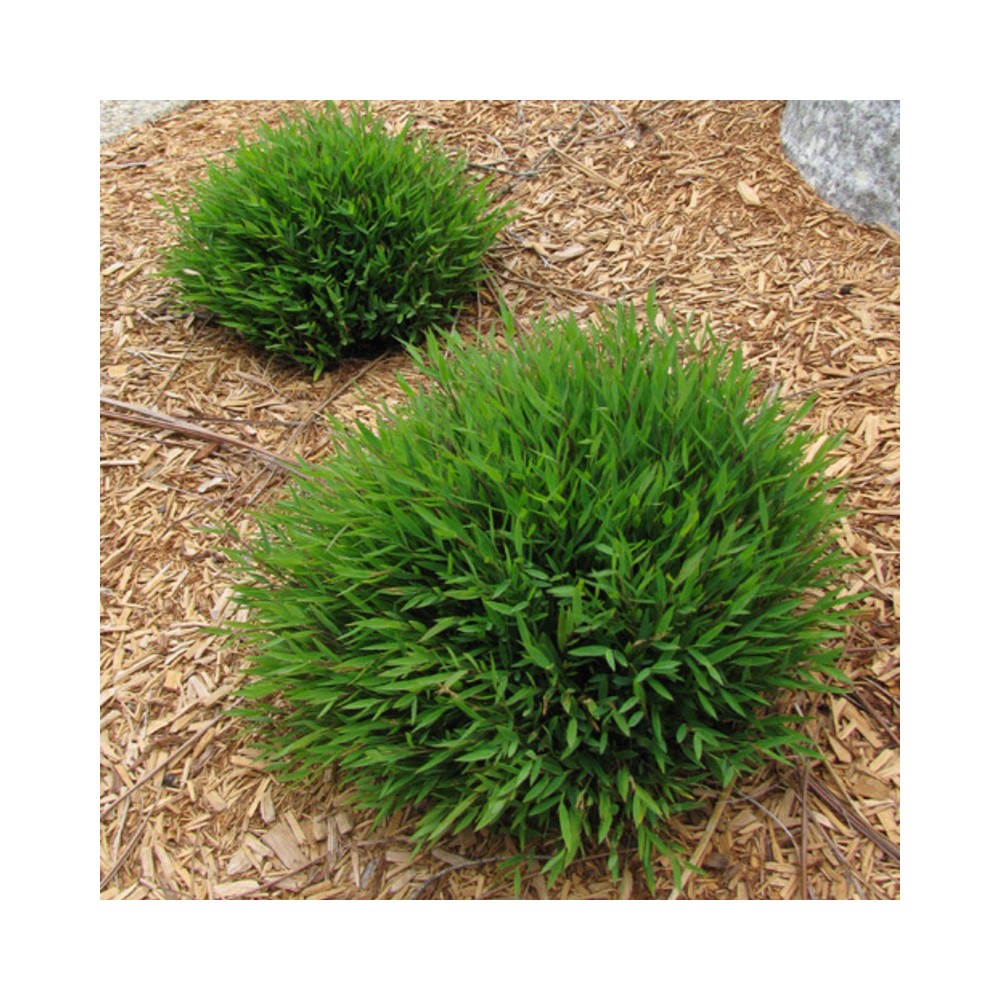



Bamboo Grass is a fairly simple plant to grow, but even so there are basics to growing the healthiest plants (If you've read the bamboo planting page than some of this information may be familiar, but it's still worth the read). If you’re looking for lucky bamboo plant care check out our lucky bamboo page. But, if you're looking for real bamboo plant care information then you've come to the right place!

Security policy visit http://nurserynature.com/content/10-security-policy

Shipping & Delivery Policy visit http://nurserynature.com/content/1-delivery

Cancellation & Refund Policy visit http://nurserynature.com/content/6-aeu-legal-revocation-terms
Bamboo Grass is a fairly simple plant to grow, but even so there are basics to growing the healthiest plants (If you've read the bamboo planting page than some of this information may be familiar, but it's still worth the read). If you’re looking for lucky bamboo plant care check out our lucky bamboo page. But, if you're looking for real bamboo plant care information then you've come to the right place!
Although we touch on this briefly on various pages, I would like to start off by giving you a brief introduction to the bamboo plants root system and life cycle because it will help you understand what bamboo plant care methods work best.
When reading about bamboo plant care it's important to take into account if your bamboo is clumping or running. The rhizomes of clumping bamboo are “u” shaped so that the bud becomes a new cane. Clumping bamboo doesn’t really have a specific growing period. So, depending upon the climate, it can grow all year long. However, it is common for clumping bamboo to grow new canes when it experiences moisture after a dry spell. Once the new canes reach their full grown height they stop growing and the bamboo focuses on accumulating energy for the next years growing period.
The rhizomes of running bamboo are different from clumping bamboo in that instead of turning directly upward and producing a new cane, the parent rhizome from your bamboo plant will almost always travel horizontally through the soil. As the rhizome grows, buds will form, and while many of the buds are dormant, some will begin to grow into bamboo canes or more rhizomes (which will in turn have buds that will turn into canes or more rhizomes). This is why running bamboo spreads so much faster than clumping bamboo. Because of their rhizome system running bamboo also has two distinct growing periods, which are somewhat dependent upon climate and the specific bamboo variety. Typically with running bamboo, there will be a period in late summer or fall when the rhizomes will grow. The bamboo will then become dormant as winter begins and start growing again in the late winter/early spring. This second growth will produce new canes which will sprout up.
So, why did I just explain all of this to you? As you know by now, there are many, many varieties of bamboo and no two varieties are exactly alike. So, while we can make generalizations about bamboo care all day, if you also understand how bamboo grows, you will be empowered to use your best judgment in the bamboo plant care of your individual plant. Now, onto other information!
Water is important in all bamboo varieties for proper bamboo plant care. It is best to start watering your bamboo in the late winter or early spring as the new shoots are preparing to come up. You should continue to water your bamboo at least once a week throughout the growing season (unless you have a particularly rainy season). Watering too frequently isn’t really an issue as long as your soil is well aerated and drains well. In most cases you can tell if you’re not watering your plants enough by leaf curl. The more tightly the plants leaves are curled, the more water they need. If this happens, don’t fear, just pick up your watering routine until the plant leaves start to relax. Do note though, that certain bamboo varieties may have curled leaves when over-exposed to sunlight. If you suspect this is the reason for the leaf curl you may want to look into getting shade sheets to protect your plant.
Bamboo plant care requires that you make sure your plants get appropriate amounts of sunlight and heat. If you don't check out the requirements before planting the only thing you can really do to protect them is purchase a shade covering cloth. Typically speaking, most bamboo varieties will prefer an environment with partial shade, although some varieties do need up to eight hours of sun! Humidity levels also matter. Most bamboo will be able to withstand higher heat in areas with higher humidity because they don’t lose as much of their water to the dry surroundings. In areas that are drier you may want to consider watering your plans more frequently during the summer.
Mulch is important in protecting your plant from weather extremes by keeping the root system warm in the winter and trapping water during dry periods. There are many pre-packaged mulch options out there, but if you want to save some money, you can chose to use lawn clippings, composted manure, leaves, bark, wood chips, straw, and other yard “debris” as long as it isn’t to “hot” (fresh manure). One thing to consider when choosing your mulching material is that some materials, such as lawn clippings and composted manure, can be a source of weeds.
Helpful hint:Laying down a few layers of cardboard or newspaper underneath the mulch can help prevent weeds that are already in the soil! They will eventually decompose adding nutrients to the soil and earthworms (which aerate the soil and turn composting material into compost) really love it!